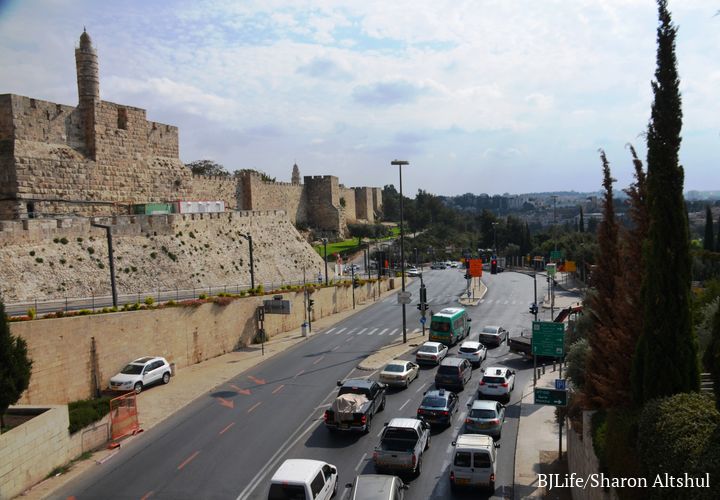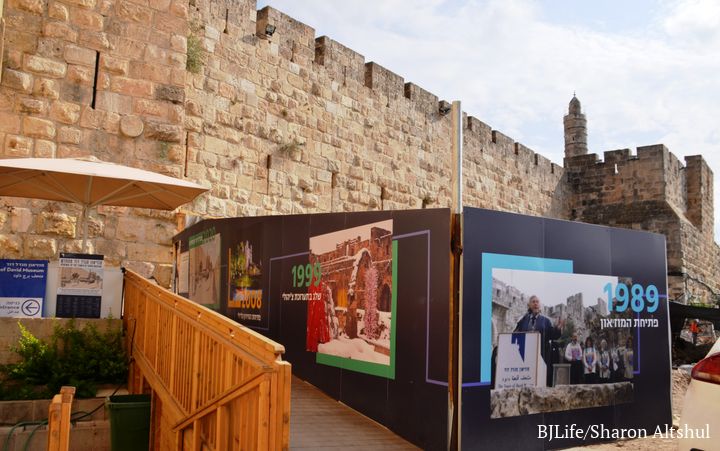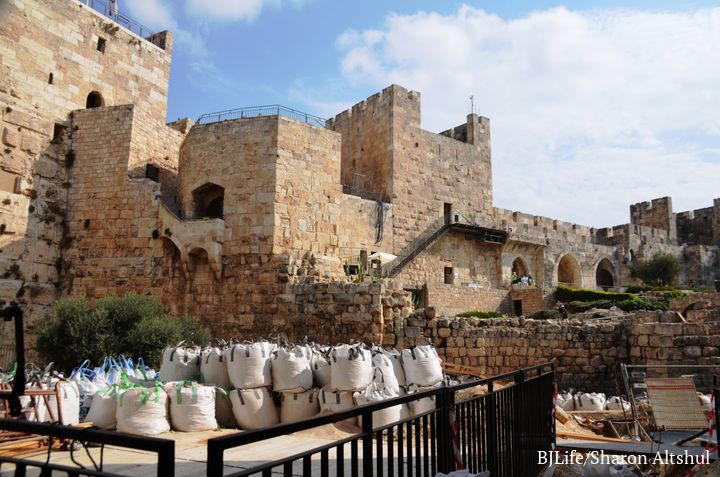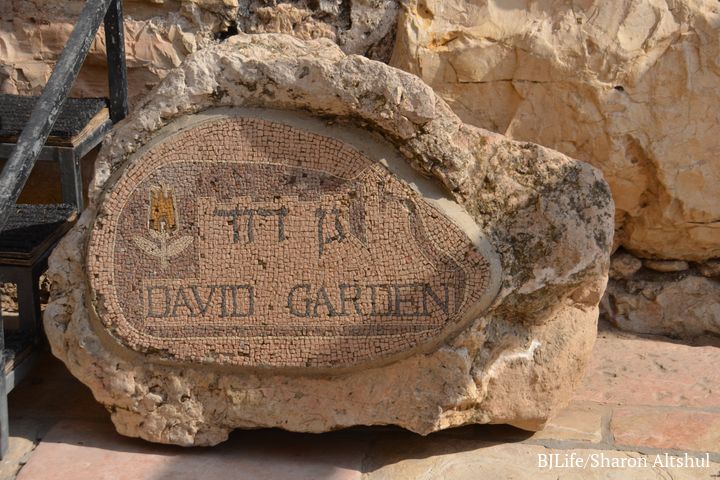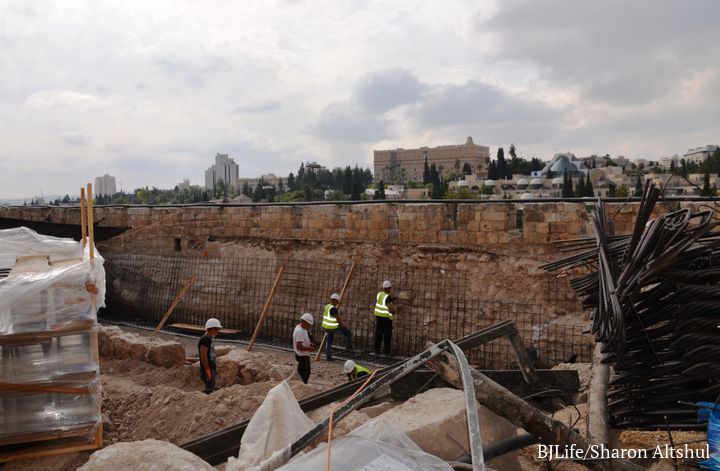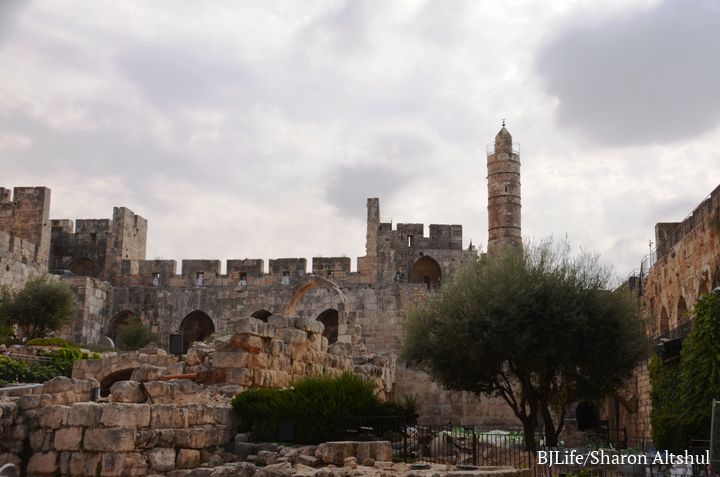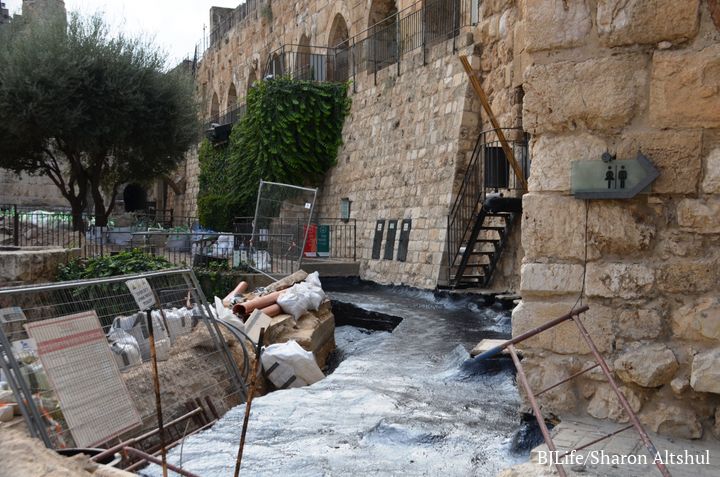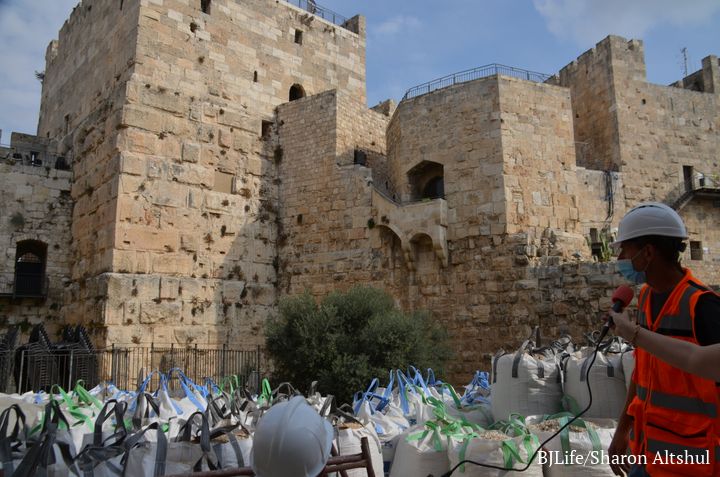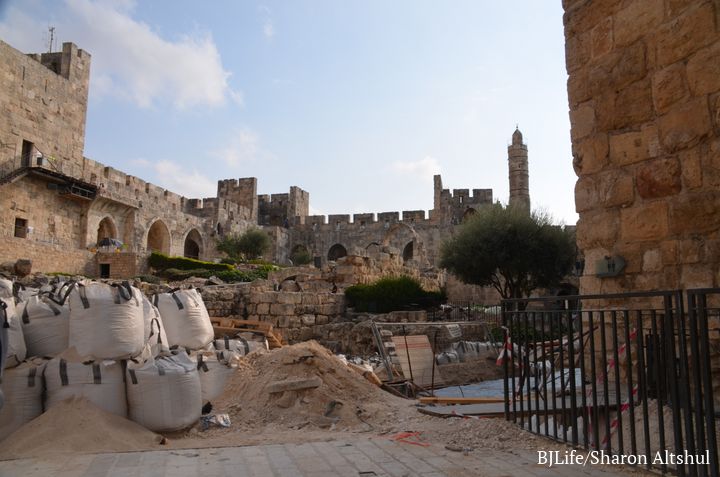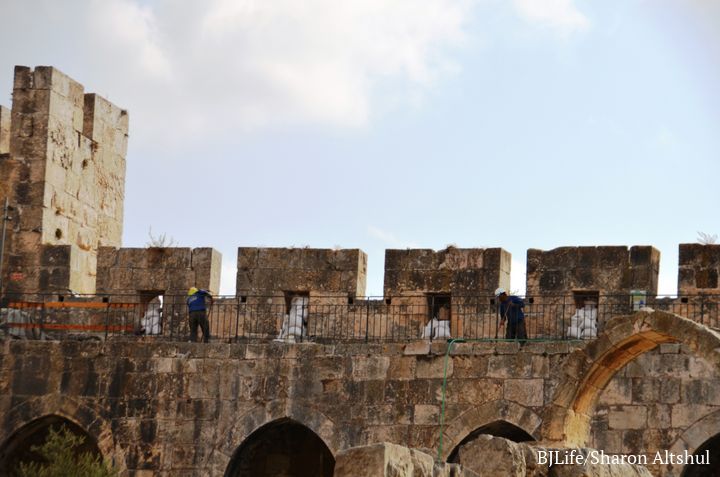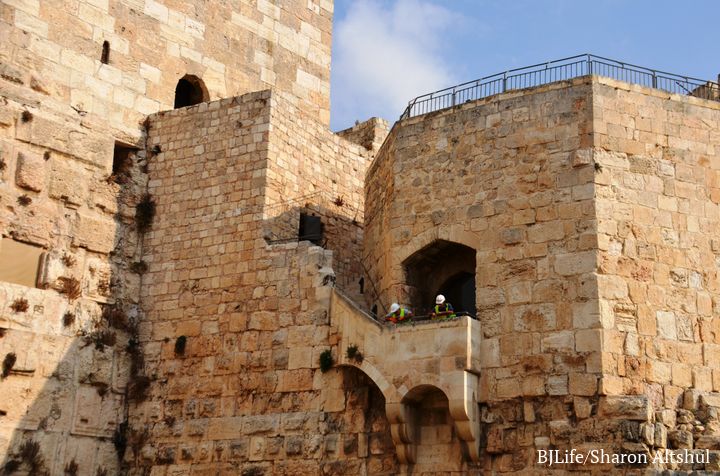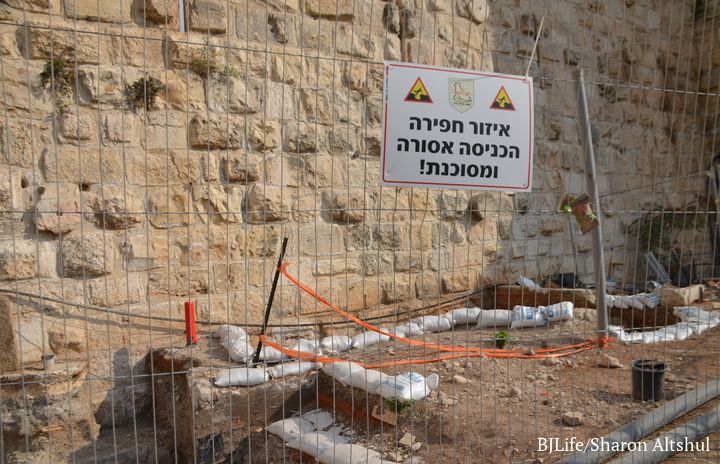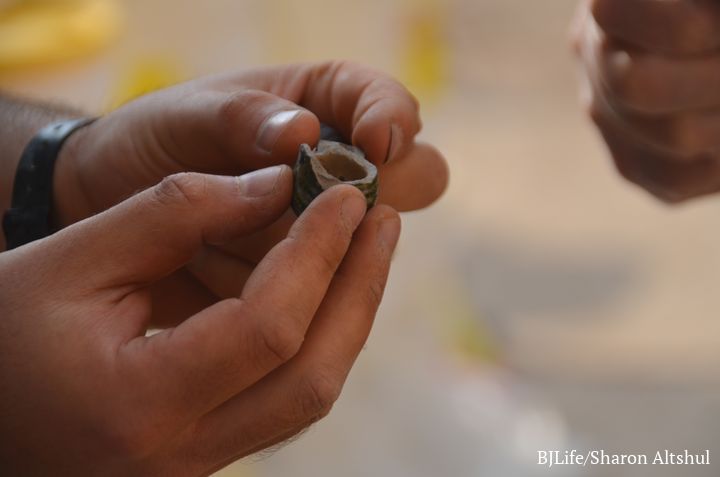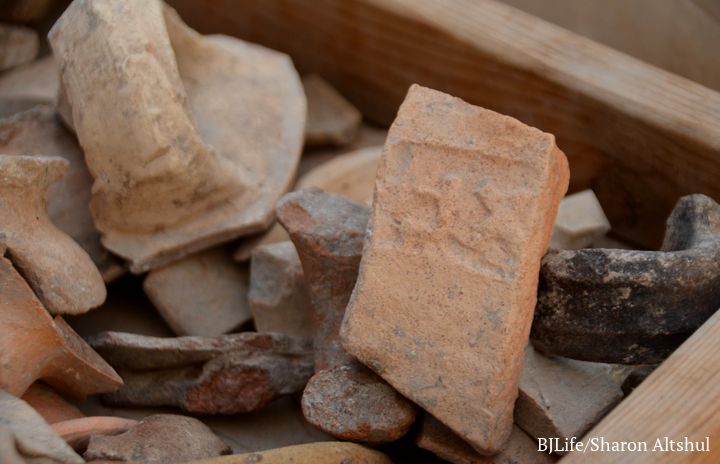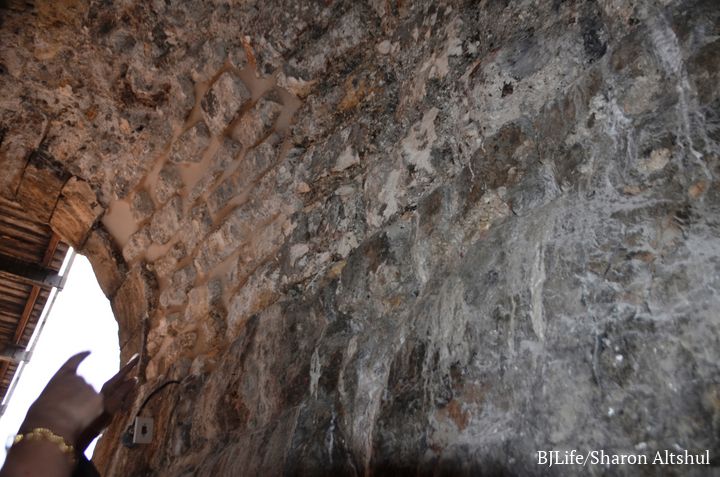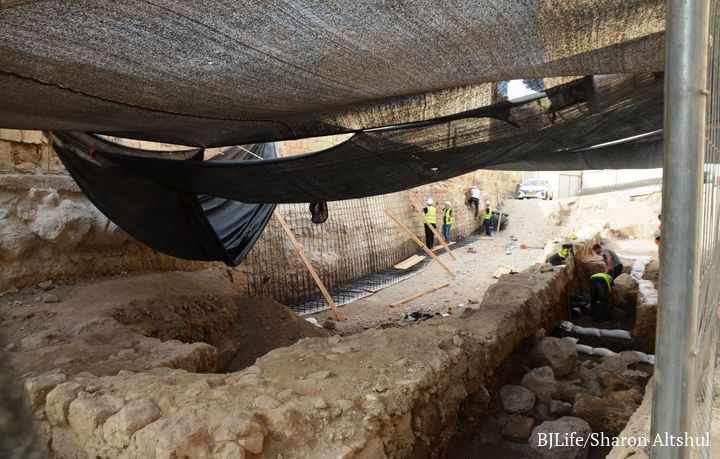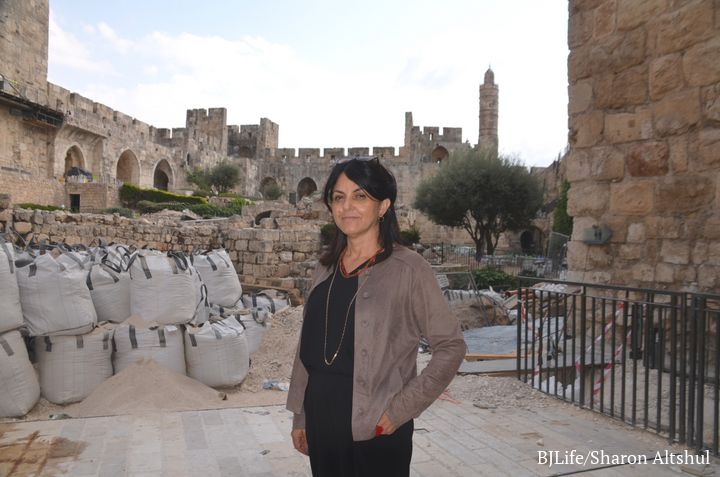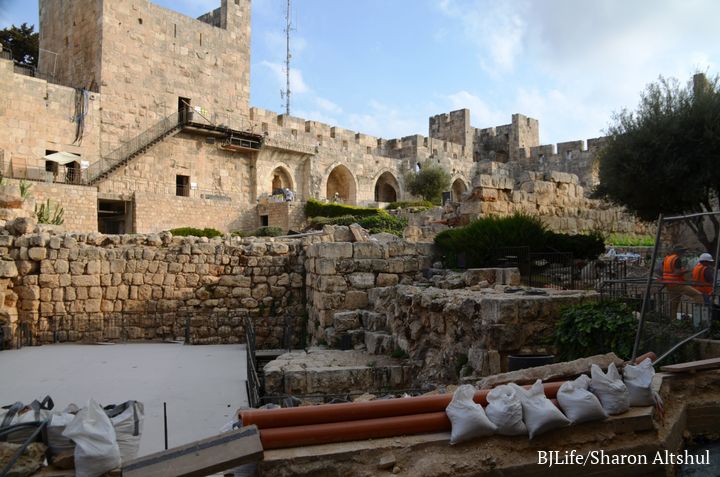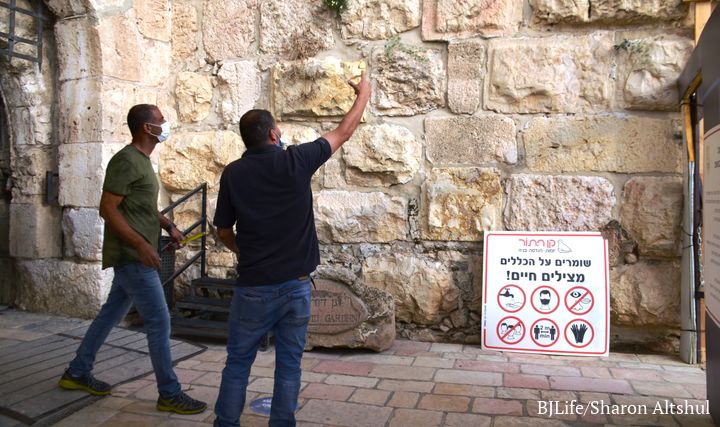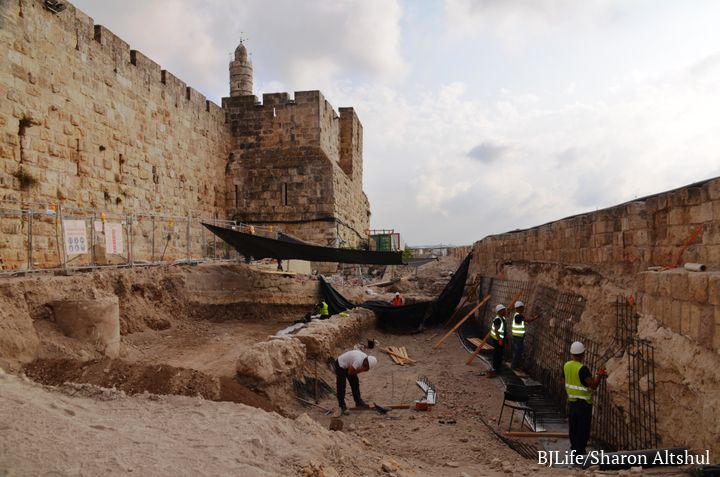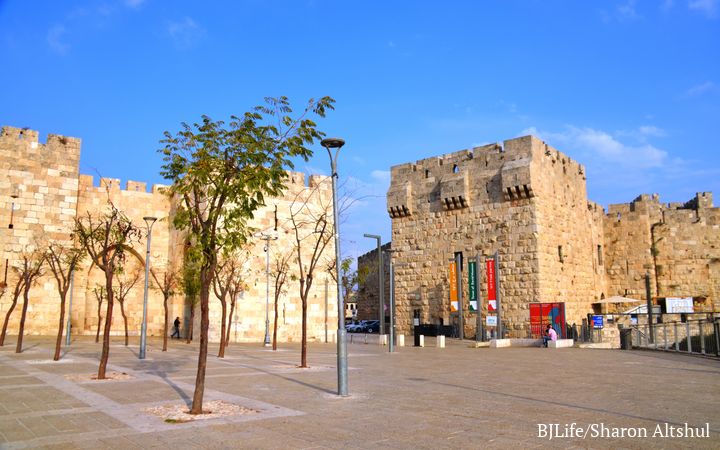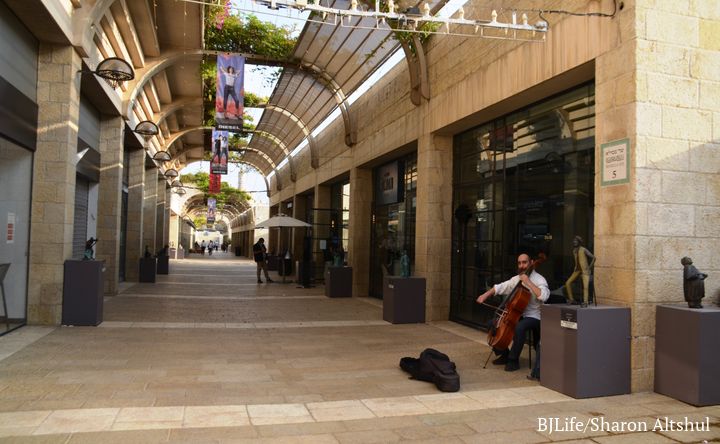Jerusalem, Israel - Nov. 3, 2020 - With the present so uncertain, at times it's hard to focus on the future. However, the Tower of David Museum (ToD) is taking advantage of the situation to begin one of the largest conservation projects in Israel. Work is underway for a $40 million renewal plan led by the Clore Israel Foundation together with the support of the City of Jerusalem and Mayor Moshe Lion, the Ministry of Jerusalem and Heritage, and the Israel Ministry of Tourism.
The Renewal and Conservation Project of the ToD will preserve and conserve the historic citadel and archaeological park while doubling the current area of the museum. A new sunken entrance visitor center, café, additional public bathrooms as well as seven new galleries, additional exhibition spaces will be added. Two elevators will make the ancient citadel accessible to all.
Significant Roman-Byzantine excavations were discovered below the Jaffa Gate Plaza, the ancient entrance to the Old City of Jerusalem, and left abandoned for over a decade. The entire area has been annexed to the museum with the Israel Antiquities Authority supervising the archaeological excavations and conservation of the project.
A new educational complex of offices, classrooms, and an auditorium will be constructed in this area and become the Educational Wing. A promenade lined with the archaeological findings from the site will take visitors from the new museum entrance to the educational complex and will also link to the parking beneath the Mamilla Shopping Mall.
For the next two years, the ToD will remain open for the general public (within the guidelines of the Ministry of Health) with temporary exhibitions, with guided tours of the history, the communities, and the archaeology of Jerusalem, as well as cultural activities. Last year, over 500,000 people visited the Museum,
Eilat Lieber, Director and Chief Curator of the ToD stated: "I am humbled and proud to be part of the renewal of the Tower of David Museum, the very symbol of Jerusalem. Despite the current crisis and the aura of uncertainty, I see this project as affirming the vibrant future, innovation, and resilience inherent in the city of Jerusalem. Jerusalem touches millions of people throughout the world and I am aware of the huge responsibility of telling that story to future generations. As we cope with this social and economic crisis, we are grateful for this unique opportunity to physically preserve the walls and towers of this ancient site, to develop new and creative programming, and to find innovative technological solutions for millions of future visitors to Jerusalem from Israel and around the world."
On a private tour to see the major renovations underway, BJL was shown the Crusader Hall, archeological excavation, and finds from the dig, which included broken smoking pipes, a pig jaw bone, and letters on a stone from 2,000 years ago. Each item found is carefully cleaned and sorted, some to be displayed at the ToD.
A citadel wall built by Herrod has cracks and will be repaired soon. Great attention to detail is going into the project. Yotam Carmel Head of Restoration and Conservation from Ken HaTor, explained how the ancient fortress will be refurbished using the techniques closely associated with precise historical methods. For example, the special preparation of limestone for mortar between the stones.
The Tower of David was built centuries ago as a military fortress to keep people out. The renovations will enable the site to be more welcoming and accessible in the future. The Old City is empty of tourists. Mamilla Mall shops are closed. The Tower of David Museum is taken advantage of this time to speed up a project originally planned to be done in stages and stretched over several years.
The photo essay includes various locations, both inside and outside the stone walls that are closed presently to the public.
